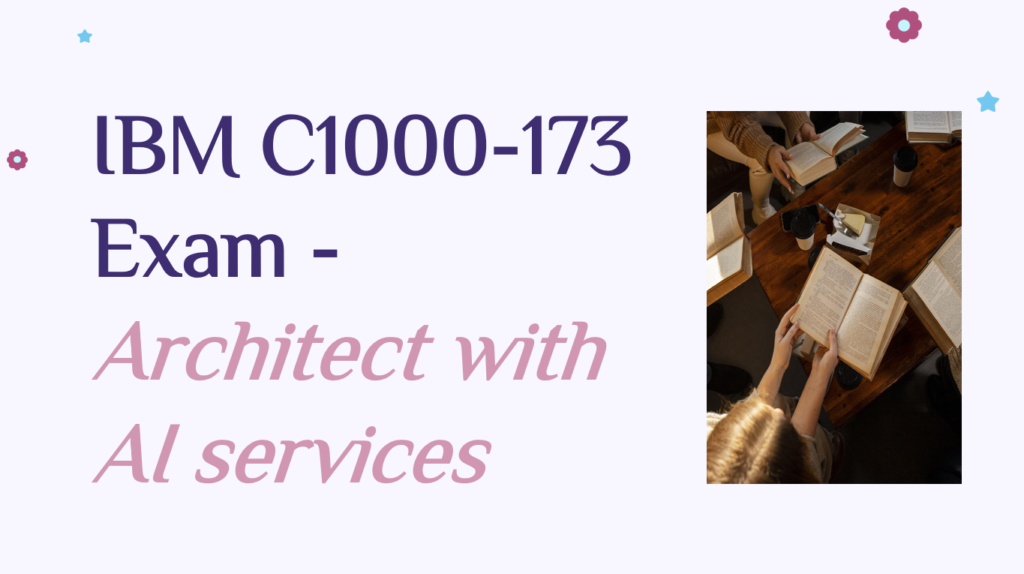IBM C1000-173 Exam – Architect with AI services
Architecting with AI services involves creating intelligent solutions by leveraging various AI capabilities provided by platforms like IBM Watson. These services enable organizations to build systems that can interact with users, analyze data, and make informed decisions. Each service plays a unique role in the overall architecture, from developing conversational interfaces to managing AI models and ensuring data consistency.

Designing with Watson Assistant
Watson Assistant is a tool for building chatbots and virtual assistants that can interact with users in a natural, conversational manner. When architecting with Watson Assistant, the focus is on designing user interaction flows, integrating with data sources, and configuring the assistant to understand specific contexts and intents. This service is crucial for creating responsive and context-aware interfaces that can enhance user experience.
Leveraging Watson Discovery
Watson Discovery is an AI-powered search engine designed to extract insights from unstructured data. Architecting with Watson Discovery involves designing solutions that can ingest, process, and analyze large volumes of data, such as documents and websites. The service is used to identify patterns and deliver actionable insights, making it essential for organizations that need to make data-driven decisions.
Automating with Watson Pipelines and OpenScale
Watson Pipelines and Watson OpenScale are services focused on automating and managing AI models. Watson Pipelines allows architects to design data flows and automate the preprocessing of data, ensuring that AI models are scalable and reliable. Watson OpenScale, on the other hand, helps monitor AI models in real-time, ensuring fairness, transparency, and continuous improvement. Together, these services are vital for maintaining robust and ethical AI systems.
Integrating with Match 360
Match 360 helps organizations create a unified view of entities like customers or products by consolidating and matching records across various data sources. Architecting with Match 360 involves designing workflows for data integration and master data management, ensuring data quality and consistency. This service is particularly important for organizations that require accurate and consistent data across multiple platforms and applications.
C1000-173 exam Architect with AI services-related questions are below.
1.What are the key benefits of utilizing Watson Pipelines in data processing? (Select two)
A. Automated data transformation
B. Manual data entry minimization
C. Reduction in network latency
D. Real-time data processing
Answer: AD
2.After installing Watson Assistant, which of the following tasks are crucial? (Select two)
A. After installing Watson Assistant, which of the following tasks are crucial?
B. Setting up a blockchain network
C. Integrating with existing databases and applications
D. Establishing a continuous integration pipeline
Answer: AC
3.Which of the following IBM Cloud Pak for Data services are essential for real-time data analysis and decision-making? (Select two)
A. Watson Studio
B. Watson Knowledge Catalog
C. Decision Optimization
D. Db2 Event Store
Answer: CD
4.Which of the following are essential considerations when scaling Watson Assistant solutions across different geographies? (Select two)
A. Localization of user interactions
B. Consistent branding across regions
C. Uniform data processing speeds
D. Region-specific legal compliance
Answer: AD
5.What post-installation step is essential for enhancing Watson Assistant’s performance? (Select two)
A. Training the AI model with domain-specific data
B. Increasing the physical memory of the server
C. Increasing the physical memory of the server
D. Setting up feedback loops for continuous improvement
Answer: AD
